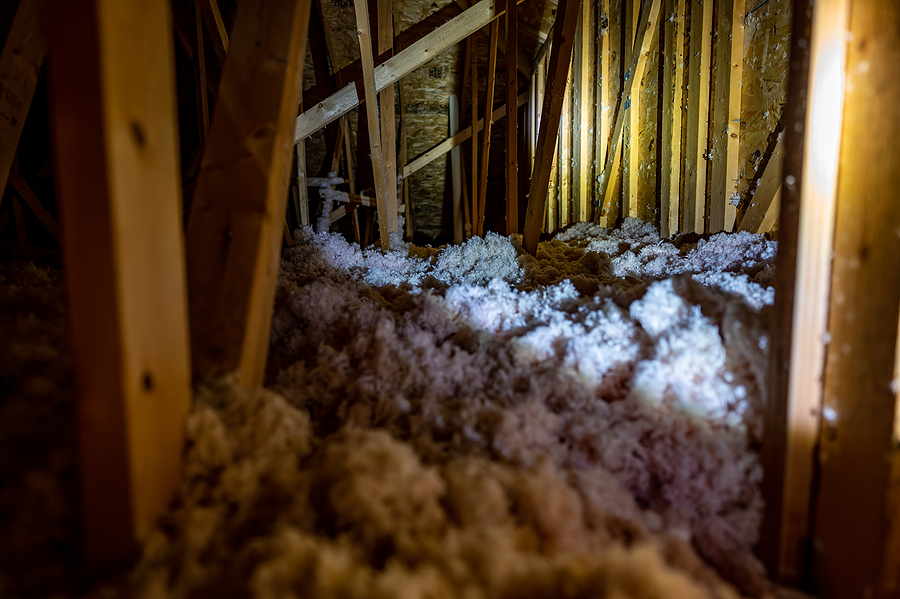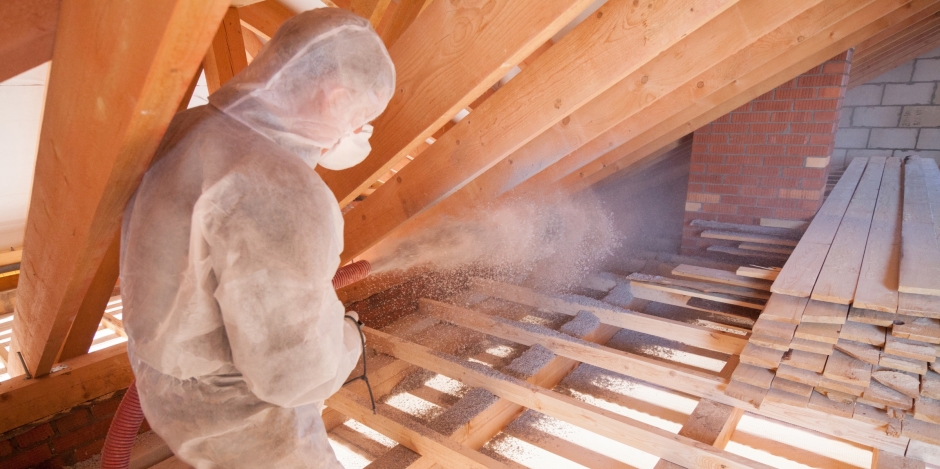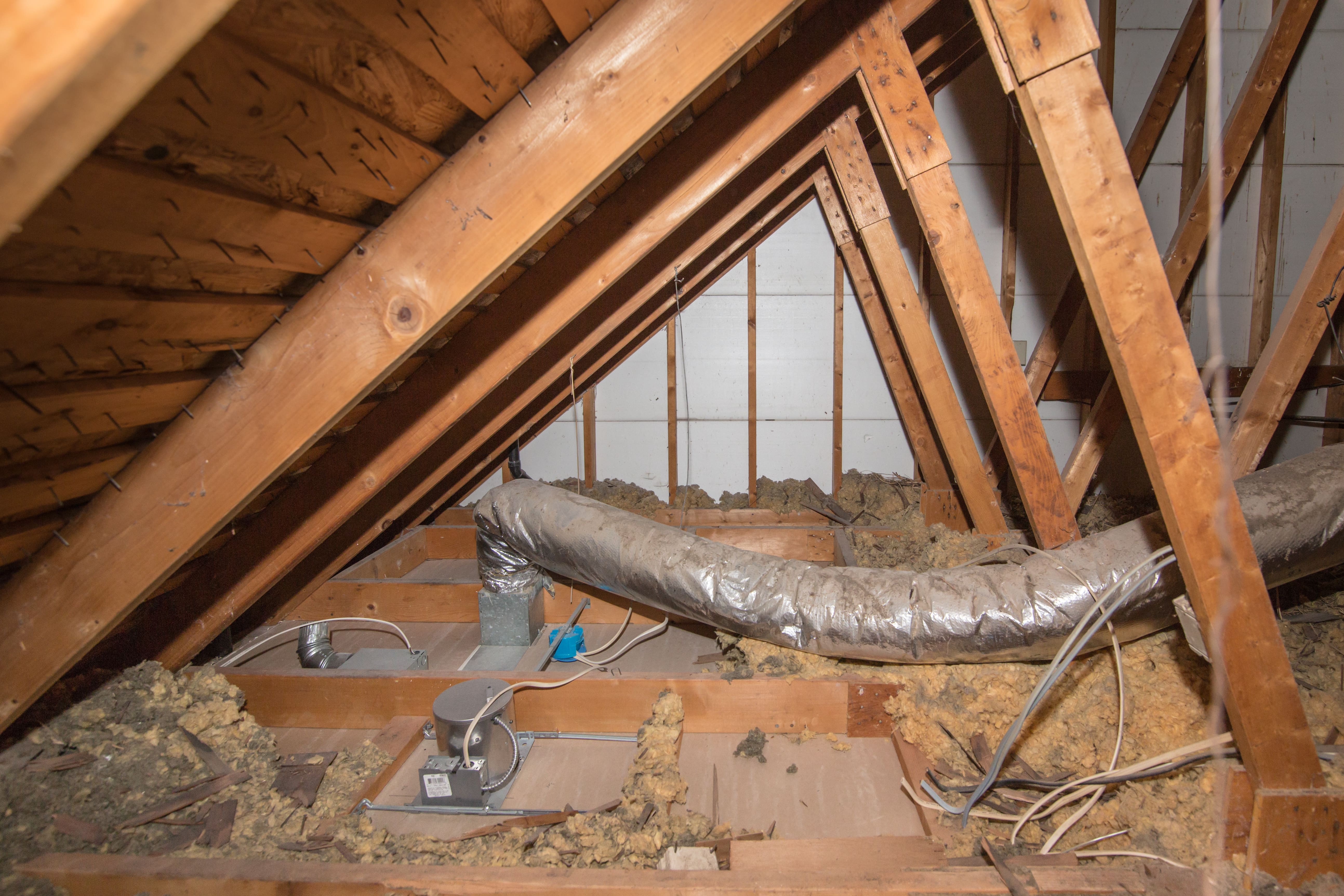Attic Insulation DFW: What You Need to Know Before Upgrading Your Insulation
Attic Insulation DFW: What You Need to Know Before Upgrading Your Insulation
Blog Article
Discover the Different Kinds Of Attic Insulation and Their Special Benefits for Your Home's Energy Performance

Fiberglass Insulation
Fiberglass insulation is one of one of the most generally made use of products for attic room insulation as a result of its exceptional thermal performance and cost-effectiveness. Composed of little glass fibers, this material effectively traps air, developing a shielding barrier that helps keep regular indoor temperature levels. Its high R-value per inch makes it especially reliable at standing up to warm transfer, which is critical for power preservation in homes.
Setup of fiberglass insulation is relatively simple, usually readily available in batts or loose-fill kinds, fitting various attic room configurations. Additionally, it is resistant and non-combustible to moisture, lowering the threat of mold advancement. This resilience adds to its longevity, making fiberglass a viable lasting financial investment for house owners.
Moreover, fiberglass insulation is frequently produced from recycled products, which enhances its eco-friendliness. The material can also contribute to soundproofing, lessening noise transfer between spaces. While it is important to use safety equipment during setup to prevent irritation from the fibers, the overall advantages of fiberglass insulation, including power cost savings and environmental factors to consider, make it a preferred selection for improving attic performance and promoting a comfortable living environment.
Spray Foam Insulation
Spray foam insulation is a very reliable alternative for attic room insulation, understood for its superior air securing and thermal efficiency. This innovative insulation material is made up of a mix of isocyanate and polyol resin, which, when combined, expands rapidly to fill up spaces and cavities in the attic room. Its ability to follow various surfaces guarantees a continual obstacle versus air leakages, substantially minimizing heat loss during chillier months and heat gain during warmer periods.
Among the key benefits of spray foam insulation is its high R-value per inch, which indicates it provides excellent thermal resistance in a fairly thin application. This is especially helpful in attic rooms where area is usually restricted. Additionally, spray foam can help decrease moisture accumulation, reducing the risk of mold and mildew development, which can be destructive to both the structure and interior air quality.
While the initial price of spray foam insulation may be greater than typical options, its lasting energy financial savings, paired with increased convenience and enhanced home value, make it a rewarding investment for home owners seeking enhanced power effectiveness. Attic Insulation DFW. Overall, spray foam insulation sticks out as an efficient service for optimizing attic room insulation
Cellulose Insulation

Cellulose insulation is a preferred choice for attic insulation, mostly made look these up up of recycled paper products treated with fire retardants. This eco friendly alternative is understood for its superb thermal performance, successfully minimizing warmth transfer in both summer season and winter season. The dense make-up of cellulose allows it to fill gaps and spaces in attic areas, providing a seamless obstacle against air leaks.
One of the considerable benefits of cellulose insulation is its capacity to stand up to mold and mildew and pests, owing to the fire resistant treatments made use of throughout production. In addition, it flaunts a high R-value per inch, which translates right into remarkable energy performance. Home owners can expect lower cooling and heating costs as an outcome of improved insulation.
Setup is typically achieved via blowing loosened cellulose right into the wanted location, enabling for a efficient and fast process. This approach additionally reduces disturbance to the existing framework. Furthermore, cellulose insulation has a reasonably reduced environmental influence, as its manufacturing procedure uses recycled materials, adding to lasting building practices.
Rock Wool Insulation
Amongst the numerous alternatives for attic insulation, rock wool, likewise referred to as mineral woollen, stands apart due to its remarkable thermal and acoustic efficiency. Made from all-natural or recycled products, rock wool is developed by melting rock and rotating it into fibers, leading to an item that provides exceptional insulation properties.
One of the significant advantages of rock woollen insulation is its high R-value, which indicates its effectiveness in withstanding warmth circulation. This particular not only enhances energy efficiency yet additionally adds to preserving a comfortable interior temperature year-round. Additionally, rock wool is inherently fireproof, making it a more secure alternative for homes as it can withstand high temperatures without melting or releasing hazardous fumes.
Additionally, rock wool insulation stands out in soundproofing abilities, successfully decreasing noise transmission in between areas and from outside resources. In general, rock woollen insulation supplies a detailed service for improving power effectiveness, safety and security, and comfort in household settings.
Glowing Obstacle Insulation
Radiant obstacle insulation functions as a reliable remedy for lessening warmth transfer in attic rooms, specifically in warmer climates. This sort of insulation works by mirroring radiant heat away from living spaces, therefore decreasing the amount of warm that goes into a home throughout heat - Attic Insulation DFW. Commonly composed of a highly reflective read material, such as aluminum foil, glowing obstacles are mounted in attic rooms, facing the roofing system, where they can intercept incoming heat from the sun
The main advantage of Get More Information glowing obstacle insulation is its capability to lower cooling expenses. By mirroring warmth as opposed to absorbing it, glowing obstacles can help preserve a much more secure interior temperature level, reducing the workload on air conditioning systems. This effectiveness translates right into lower power expenses and boosted convenience for homeowners.
In enhancement to power financial savings, glowing barriers can also add to boosted interior air high quality. By minimizing warm accumulation, they help minimize moisture degrees, which can stop mold and mildew growth and enhance overall air blood circulation. When mounted properly, radiant obstacle insulation can be an invaluable enhancement to any type of energy-efficient home, making it a worthy factor to consider for home owners aiming to improve their attic insulation strategy.
Verdict
In verdict, comprehending the numerous types of attic room insulation-- fiberglass, spray foam, cellulose, rock woollen, and radiant obstacles-- enables homeowners to make educated choices pertaining to power effectiveness. By picking the proper insulation material, considerable reductions in energy expenses can be achieved, along with enhancements in interior comfort.

In conclusion, understanding the various types of attic room insulation-- fiberglass, spray foam, cellulose, rock wool, and radiant obstacles-- makes it possible for property owners to make informed choices relating to power effectiveness.
Report this page